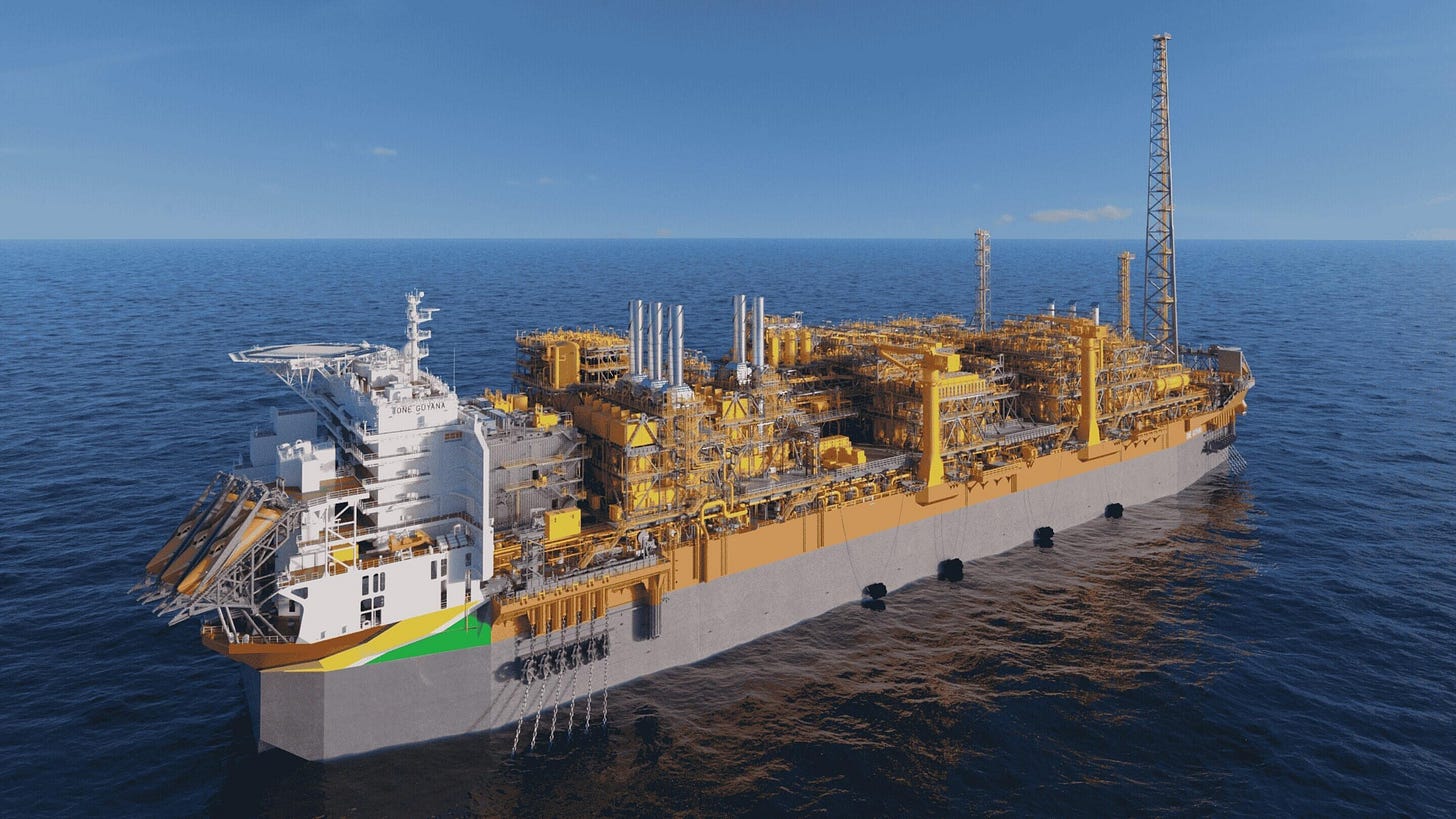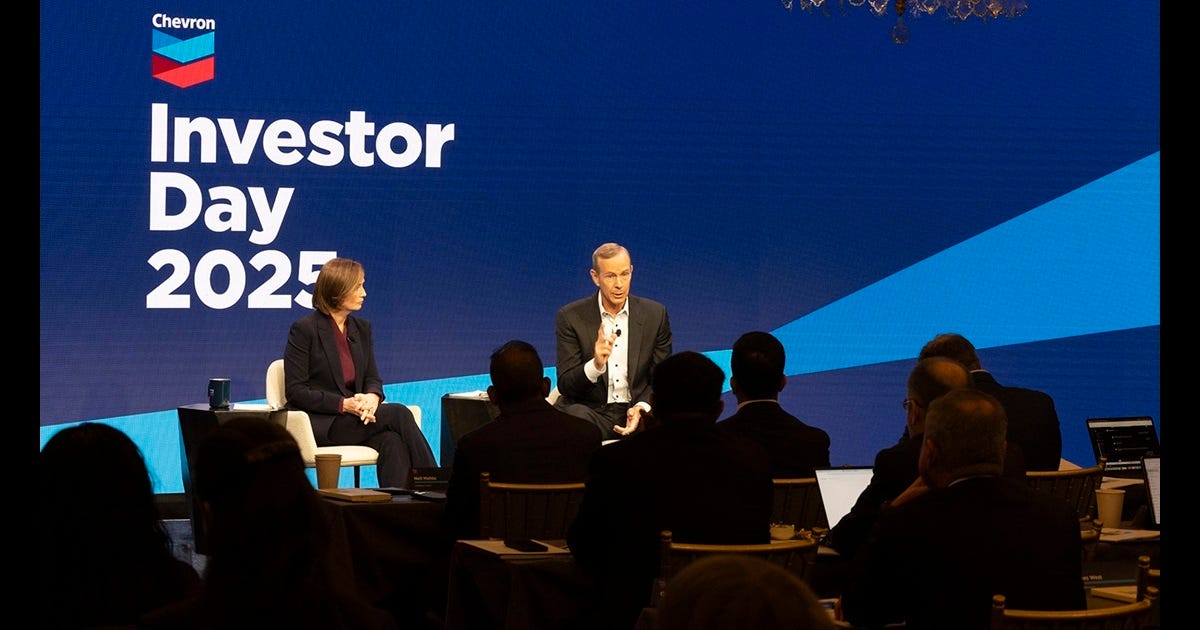Cup Runneth Over
Two years on, peak cheap oil is still a myth.
“Growth is the only evidence of life.” – John Henry Newman
After years of careful study, ExxonMobil’s formidable research staff discovered that petroleum coke, a low-value still-bottom byproduct of oil refining, could be upgraded and used as a premium proppant, significantly increasing production across the company’s large shale acreage. The advance was material enough that Exxon’s CEO, Darren Woods, went into some detail about it during the company’s most recent quarterly earnings call:
“In addition, during the quarter, multiple third parties published reports validating the benefits of our lightweight proppant. Last December, we shared how we’re using low-cost refinery coke as a proppant that penetrates deeper into fracs. This improves access and flow, which increases well recoveries by up to 20%. Wood Mackenzie reported that our proprietary proppant is delivering significant improvements in resource recovery, supporting our own results…
This year, we expect about a quarter of our wells will use our new patented proppant, and roughly 50% of new wells by the end of 2026. This, along with our cube development, pipeline of new technologies, and deep inventory of quality acreage, is why our Permian production continues to grow well into the next decade.”
The news came on the heels of further advances by an Exxon-led consortium in Guyana, currently the fastest-growing economy in the world. In August, the Guyana One, its fourth floating production, storage, and offloading (FPSO) vessel, came online, bringing total oil production capacity under Exxon’s management in the area to 900,000 barrels per day (bpd), up from zero just five short years ago. The company plans to grow that number to 1.7 million bpd by 2030.
One of Exxon’s partners in the Guyana joint venture is US supermajor Chevron, which acquired Hess in July of this year, thus gaining access to the huge potential in the South American country. Oil bulls recently got excited when the company announced it was trimming capital spending in the all-important Permian Basin in West Texas, hoping this would stem the relentless flow of excess crude into global markets. During a recent investor day presentation, Chevron’s vice chairman Mark Nelson explained the decision. The company’s rationale undoubtedly disappointed those hoping for higher oil prices:
“Turning to the Permian, we have a winning position, supported by resource depth and royalty advantaged acreage that delivers peer-leading returns. With a highly economic drilling inventory that is expected to sustain current production levels through at least 2040, we’re focused on optimizing value over decades.
Starting in 2026, we expect to further moderate capital spending to roughly $3.5 billion. As thousands of reliable base wells with lower decline rates continue to produce, fewer new wells will be required each year to maintain the plateau. And our technology leadership continues to drive further capital efficiency. We have visible results applying advanced chemical treatments to enhance recovery in both new and base wells. Our plans include scaling these chemicals to all applicable new wells going forward, with average expected recovery uplift around 10%.”
It has been nearly two years since we first published “Peak Cheap Oil Is a Myth,” an article that created some controversy among die-hard true believers who are convinced a catastrophic decline in oil production is perpetually just around the corner. Few erroneous concepts have cost investors more capital than this one, primarily because it feels like it should be true. The consensus view is that there is a finite amount of hydrocarbons under the surface, and surely the easiest stuff has already been picked off.
As we have consistently argued, a superior mental model is to assume that there is an infinite supply of hydrocarbon resources, that oil and gas companies are technology superpowers that just happen to produce energy, and that the long-term real price of all commodities is therefore lower. Two years on from our original publication date, how have our predictions panned out? Let’s revisit what we wrote and do a fair assessment.



